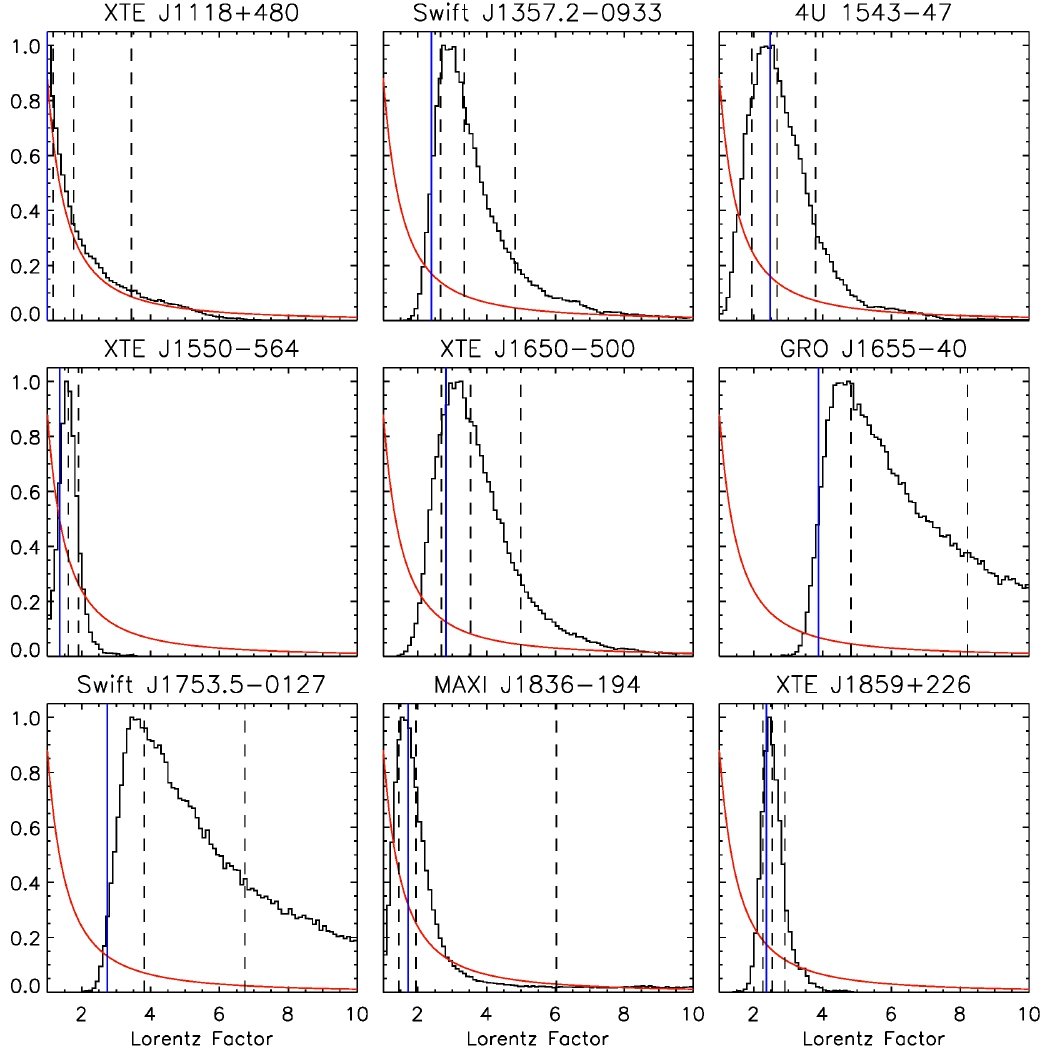Daily Image
17-09-2020Colloquium 17 Sept 2020: How fast are the black hole X-ray binary jets
| Submitter: | Payaswini Saikia (NYU, Abu Dhabi) |
| Description: | Compact, continuously launched jets in black hole X-ray binaries (BHXBs) produce radio to optical–infrared (OIR) synchrotron emission. These jets are launched in the hard X-ray state and are quenched in the soft state. The compact jets are spatially resolved in a few cases using VLBI radio observations. One of the basic properties of these jets is the bulk Lorentz factor, which is notoriously difficult to measure, with to date only weak constraints for a few BHXBs. In this talk, I will present simple models to constrain the Lorentz factor of the compact jets in several BHXBs using the amplitude of the jet fade and recovery at OIR wavelengths over state transitions. The accretion disc tends to dominate the OIR emission throughout BHXB outbursts, but in some sources such as GX 339–4, there is an infrared (IR) excess above the disk component due to synchrotron emission. This IR excess is observed in many BHXBs when the jet is present in the hard spectral state. I will show that the amplitude of the IR excess (quantified by the amplitude of the IR quenching or recovery over the transition from/to the hard state) can be explained by the inclination-dependent beaming of the jet synchrotron emission and the projected area of the accretion disk. Furthermore, using the amplitude of the jet fade and recovery over state transitions and the known orbital parameters, we constrain for the first time the bulk Lorentz factor range of compact jets in several BHXBs, and show that all the well-constrained Lorentz factors lie in the range of 1.3–3.5. |
| Copyright: | Payaswini Saikia |
| Tweet |  |
